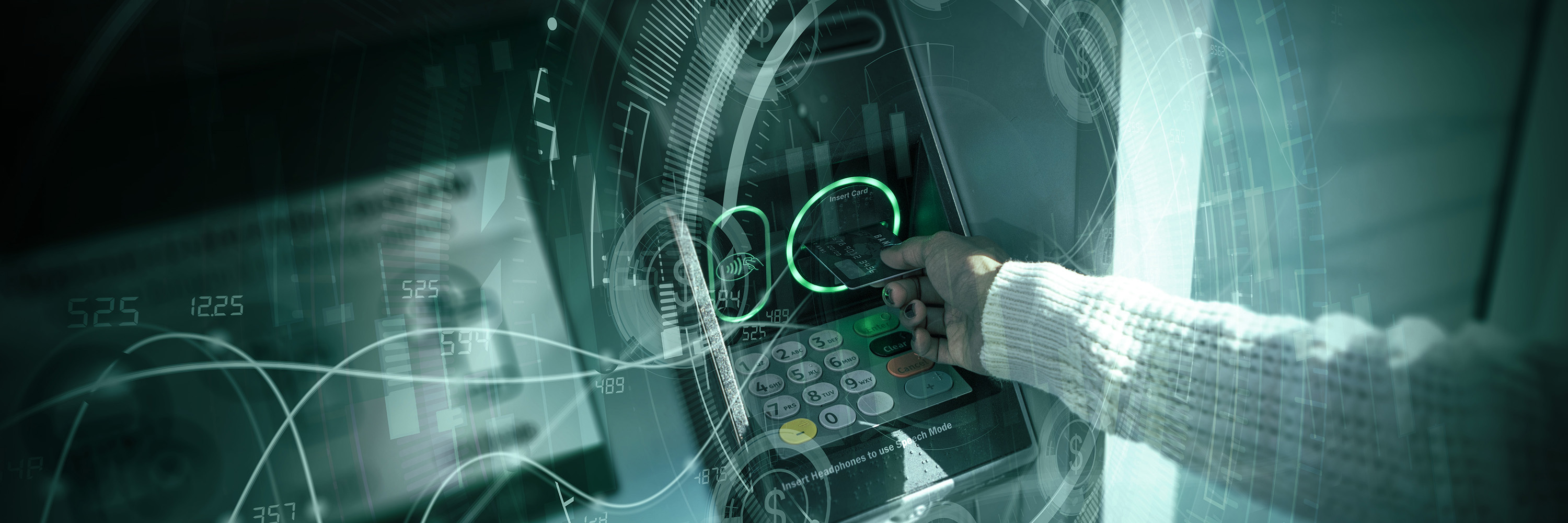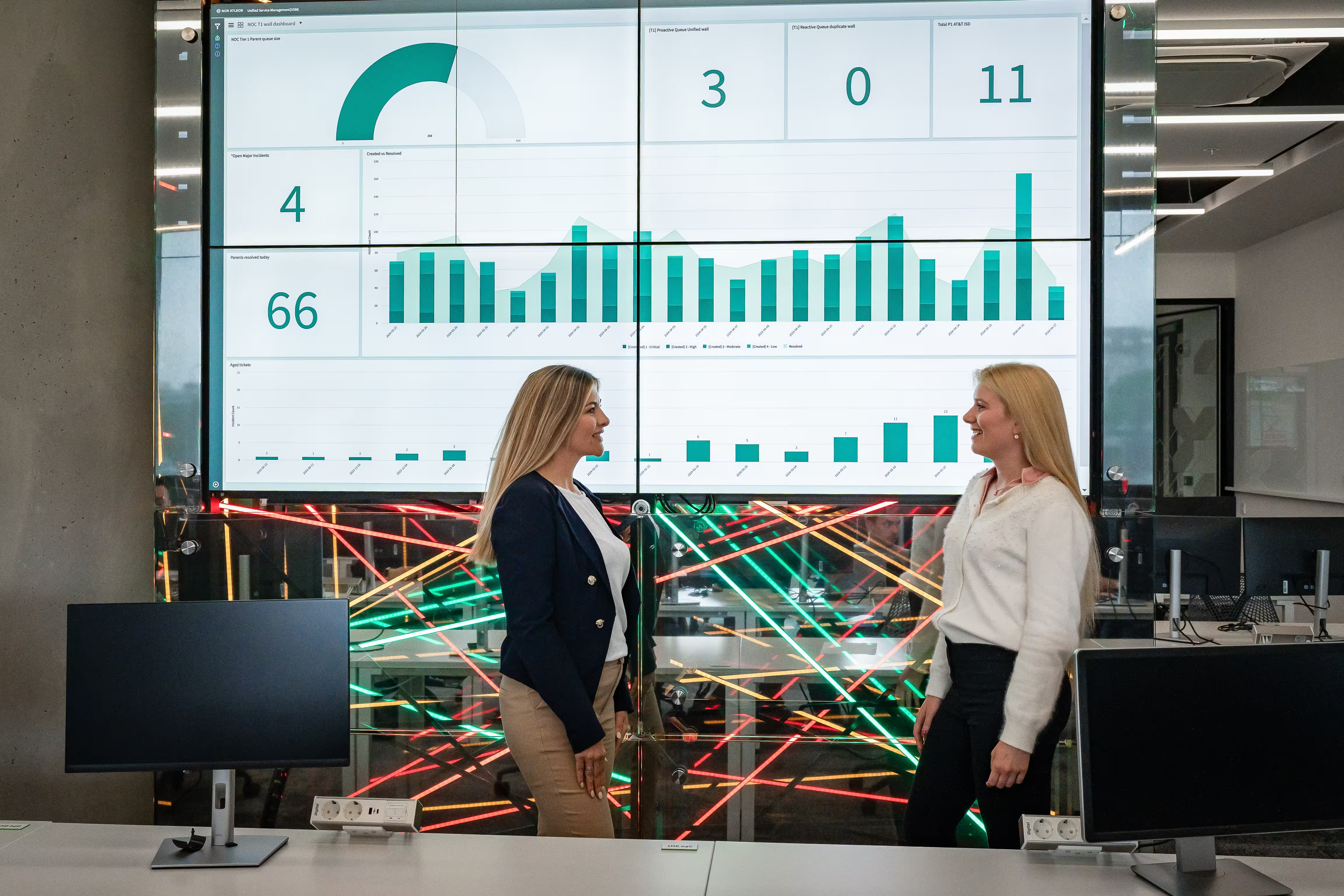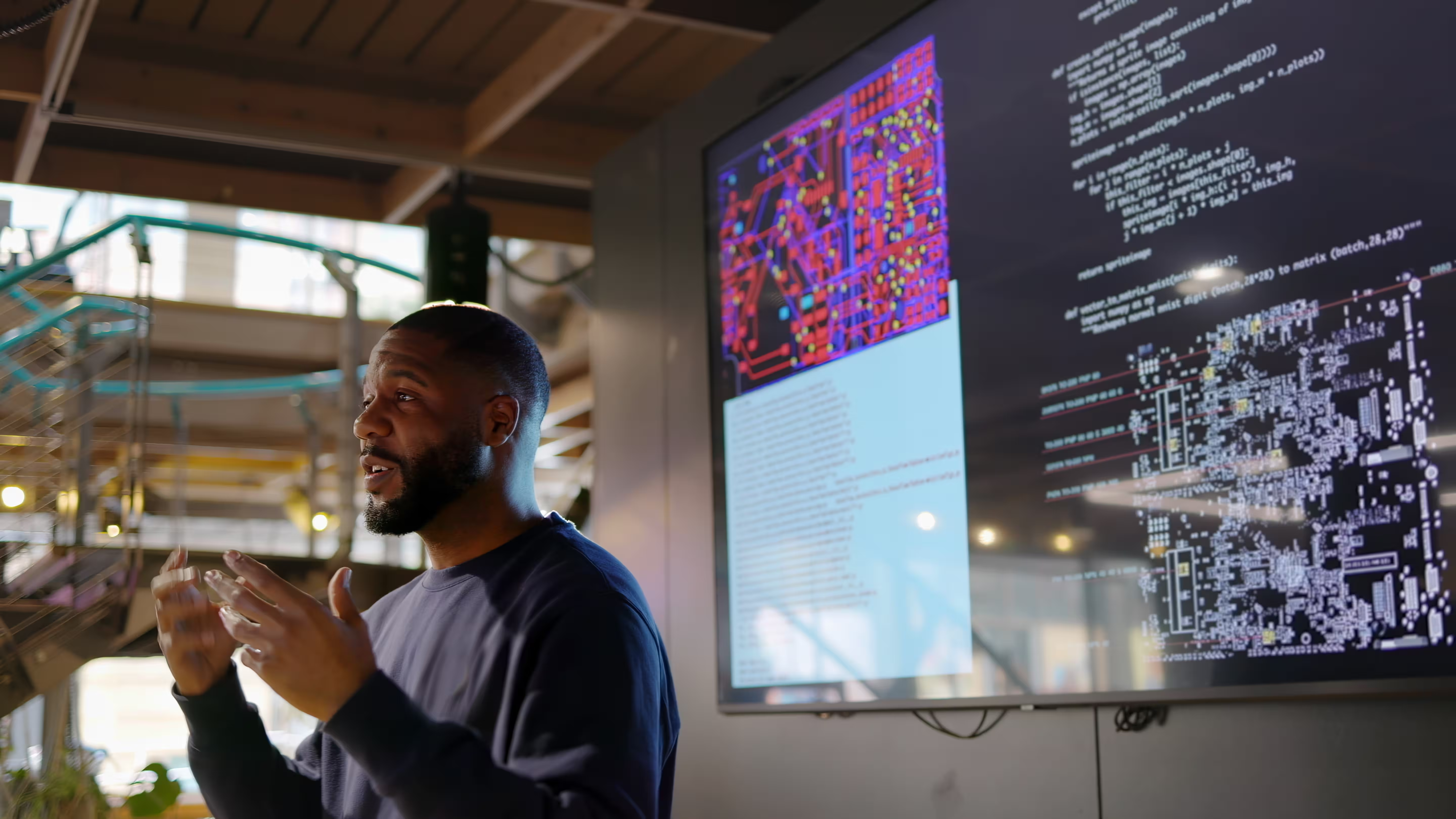4 misconceptions about accepting cash at self-service checkouts
Are you disappointed with the uptake from your self-service checkouts? If so, it might be missing an important ingredient—cash. Self-service checkouts have become a staple in American stores. They offer the prospect of faster processing times, shorter queues and greater convenience, but to the disappointment of many customers, many of them do not accept cash.
Contactless payment solutions are perceived as being less expensive, safer and provide the opportunity to generate detailed insights into buying trends. With customers adopting new methods such as mobile payments, many businesses have already written off the cash option.
However, those who do so harbor several misconceptions about cash, and what their customers want. Here are a few of them.
1. Nobody uses cash anymore
In an age of digital technology and new payment solutions, cash can seem somewhat analog. Yes, it might have served its purpose for a few thousand-odd years, but in the days of chip and pin, mobile wallets and contactless payment, it’s easy to see why many people think the days of cash are numbered.
A poll by Gallup in August 2023 found that 60% of respondents said they made few or no purchases with cash. However, digging deeper into the figures reveals a different story. Higher-income families are much less likely to use cash. Around 73% of people with an income over $100k say they use cash sparingly, but this only accounts for 34% of the population. Only around half of those with incomes below that threshold follow the same trend. For most of the people coming into your store, cash is still going to be a big part of the picture.
Those in the lower income brackets, meanwhile, are increasingly likely to use cash, with a small but significant minority relying on cash. Around 14% of those with annual incomes of between $40k and $100k said they use cash mostly or completely.
Moreover, even those who are moving away from cash like it as an option. More than half (56%) of all respondents said they liked to have cash on them when they leave the house. Lower-value transactions, such as those most likely to be carried out at the self-service tills, are also much more likely to use cash.
Cash may no longer be the default option, for most people, but it’s still used by most and is essential for many. Self-service checkouts that refuse to accept cash, therefore, are failing many of the customers they were designed for.
2. Younger people don’t like cash
One of those segments, surprisingly, may be younger customers. Many businesses assume that, for the young tech-savvy Generation Z, cash will quickly become obsolete, but a look at recent data suggests the opposite.
A survey from Creative Realities found that Generation Z consumers were the most likely to adopt in-store technology. Retailers often assume that this plugged-in generation will increasingly see cash as a thing of the past.
However, the data doesn’t back this up. According to a survey from CreditKarma, around 70% of Gen Zers use cash more than they did 12 months ago. That figure is higher than any other demographic. Tight budgets and high interest rates mean many people still enjoy the tangible reality of good solid cash payments.
3. Cash is too expensive
Providing and accepting cash payments is often thought to be expensive. Although there can be upfront fees in terms of staff time and infrastructure costs, the rewards are still worth the cost. Firstly, the main aim of self-service checkouts is to reduce queues at the checkout. If cash-paying customers are forced to wait in line at manned tills, your self-checkout tills will fail to deliver the main thing you bought them for.
Much of the cost associated with cash comes from manual handling. However, cash automation devices automatically accept cash payments and dispense change. They reduce the need for manual interventions keeping costs down and freeing staff up to work on other tasks.
4. Cash is a security risk
A common problem with self-checkouts and cash in general is the perceived security risk. While cash will always be a target for thieves, diverting it away from manned checkouts to cash automation devices reduces exposure to theft and fraud.
Cutting out cashiers eliminates both manual errors and employee theft. A survey from Forbes found that a majority of small businesses experienced theft from customers and employees in the last year. Automating cash acceptance takes the human element away reducing the risk of both accidental and malicious cash shrinkage.
Devices are also much more effective at spotting counterfeit. With human checkout stores, you’re relying on human powers of observation. This depends on the individual capabilities of each cashier. Vigilance can also decline after many hours on shift or during peak times.
Humans, in other words, are fallible and sometimes unreliable. A self-checkout provides consistent, accurate monitoring of all cash, rejecting anything that does not pass muster.
The future of cash
Reports of cash’s demise, therefore, have been greatly exaggerated. It has been a pillar of the payment system for thousands of years. It is solid, tangible and familiar to customers. No matter how many new and high-tech payment options become available, people still want to have cash as a fallback option.
In the rush to embrace new and exciting technologies, it’s easy to overlook the value of what you have. The big misconception made by retailers has been to assume that just because technology has given customers more options, that they will abandon the old. Rather than replacing cash, they are supplementing them. Customers want and expect to be able to choose from any one of many payment options and cash is one of the most important.
If your self-checkout option does not make provision for cash, then, you’re failing to serve a large chunk of your customer base and missing out on a potentially lucrative revenue stream.
Let’s explore what’s possible for your business. Our team is ready to connect and discuss tailored solutions that meet your goals.
Thank you for reaching out. A member of our team will be in touch shortly to continue the conversation.







%20(1).jpg)





%20(1).jpg)

%20(1).jpg)




%20(1).jpg)
%20(1).jpg)
%20(1).jpg)

%20(1).jpg)
%20(1).jpg)
.jpg)
.jpg)
.jpg)
%20(1).jpg)
.jpg)
.jpg)
.jpg)




.jpg)
.jpg)
.jpg)
.jpg)
